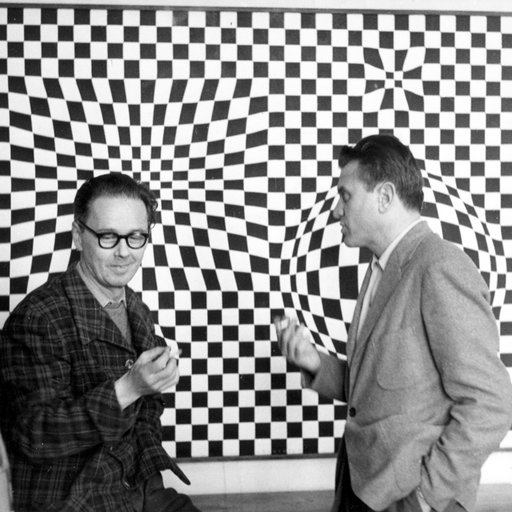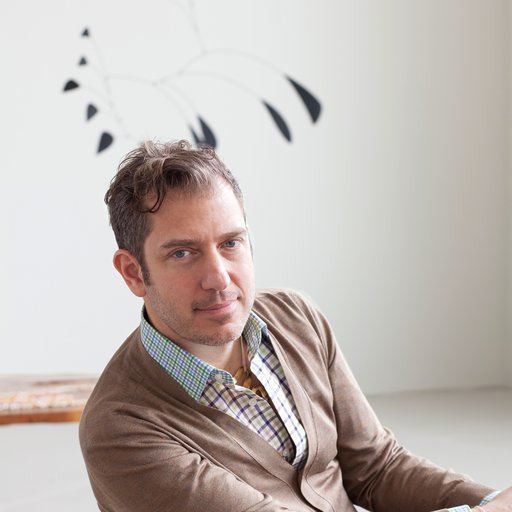Julian Stanczak
Julian Stanczak’s paintings extend beyond optical allure to present a distinct introspection that resonates within the viewer as much as the artist. The artist survived unthinkable trauma as a Polish national during World War II, including irreparable injury to his dominant arm, which led Stanczak to deliberately adopt a non-referential, abstract style that eliminates personal and historical subject matter. After studying under Josef Albers at Yale, Stanczak and his peers soared into international prominence for their involvement with Op Art, a term named after Stanczak’s first solo exhibition in New York City in 1964. As a self-identified colorist, Stanczak’s primary artistic concern is how different wavelengths of light contradict, enliven, and interact with each other on a painted canvas. He explains, “The primary drive of colors is to give birth to light. But light always changes; it is evasive. I use the energy of this flux because it offers me great plasticity of action on the canvas.” His paintings are constructed according to geometric shapes and patterns, ranging from symmetrical grids to playful arrangements of vertical lines. In all of his works there is a degree of spirituality and faith in the resounding peace that arises from the perfect representation …
Julian Stanczak’s paintings extend beyond optical allure to present a distinct introspection that resonates within the viewer as much as the artist. The artist survived unthinkable trauma as a Polish national during World War II, including irreparable injury to his dominant arm, which led Stanczak to deliberately adopt a non-referential, abstract style that eliminates personal and historical subject matter. After studying under Josef Albers at Yale, Stanczak and his peers soared into international prominence for their involvement with Op Art, a term named after Stanczak’s first solo exhibition in New York City in 1964. As a self-identified colorist, Stanczak’s primary artistic concern is how different wavelengths of light contradict, enliven, and interact with each other on a painted canvas. He explains, “The primary drive of colors is to give birth to light. But light always changes; it is evasive. I use the energy of this flux because it offers me great plasticity of action on the canvas.” His paintings are constructed according to geometric shapes and patterns, ranging from symmetrical grids to playful arrangements of vertical lines. In all of his works there is a degree of spirituality and faith in the resounding peace that arises from the perfect representation of eternal energetic evolutions.
Stanczak’s artworks have appeared in exhibitions at institutions such as the Museum of Modern Art, the Whitney Museum of American Art, MoMA PS1, and the Columbus Museum of Art, among many others.






